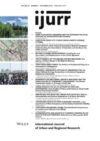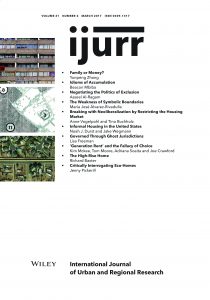This article argues that material conditions limit the possibilities of symbolic boundaries becoming markers of social differentiation, especially among stigmatized groups. Using squatter settlements in Montevideo, Uruguay, as a case study, it shows that symbolic boundaries are hard to maintain when material conditions and the stigmas associated with certain places work against them. Based on participant observation and oral histories, it analyses how squatters experienced the move to a squatter settlement. It argues that, for many, it was a way to resist exclusion, a struggle to belong to the city and to protect a social position that structural changes under neoliberalism had put at risk. This required engaging in difficult symbolic boundary work to distinguish themselves from cantegriles—poor and crowded older shantytowns—and claim dignity as workers and residents of a regular city neighbourhood. Yet, there were many limits to their fight in an increasingly fragmented city. Through follow-up visits to several settlements over almost two decades and tracking the case in the local press, through available survey data and secondary literature, this article offers a longitudinal perspective of symbolic boundaries in the making.
Details
Written by:
María José Álvarez-Rivadulla
Digital Object Identifier (DOI)
10.1111/1468-2427.12450
About DOI

